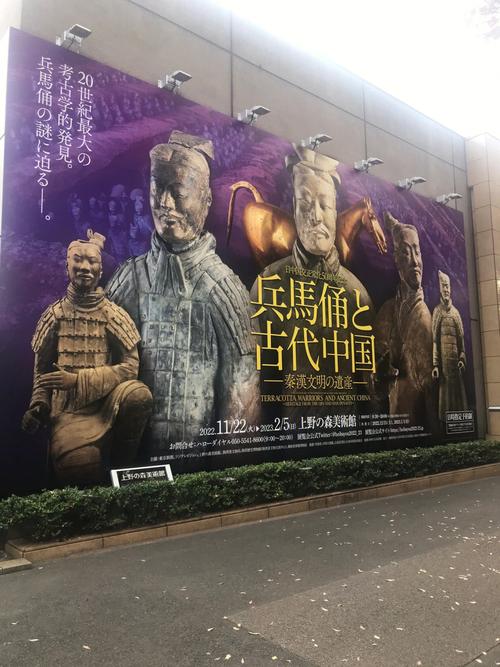
Where Can I See the Terracotta Army Exhibition?
While many people associate the Terracotta Army with Beijing, the capital of China, the museum housing this historical treasure is actually located elsewhere.
The Forbidden City and its Relation to the Terracotta Army
The Forbidden City, or known as the Palace Museum, stands majestically in the heart of Beijing, North China. This UNESCO World Heritage site served as the imperial palace for centuries, housing emperors from the Ming dynasty to the end of the Qing dynasty.
Though a symbol of China's rich history, the Forbidden City does not house the Terracotta Army. The two, while both significant attractions representing different periods of ancient China, are geographically separate.
The True Home of the Terracotta Army
The Terracotta Army is actually situated in Xi'an, the capital of Shaanxi province, located about 700 miles southwest of Beijing. This UNESCO World Heritage site is housed in the Emperor Qinshihuang's Mausoleum Site Museum (秦始皇陵博物院), built around the discovery site of the Terracotta Army.
The museum complex offers a captivating journey through history. Visitors can explore the awe-inspiring pits where thousands of life-sized terracotta soldiers, chariots, and horses stand in battle formation, offering a glimpse into the military might and ambition of Qin Shi Huang, the first emperor of China.
Planning Your Visit to the Terracotta Army
Traveling from Beijing to Xi'an is convenient with various transportation options available, including high-speed trains, flights, and long-distance buses.
Here are some frequently asked questions about visiting the Terracotta Army:
Q1: Is the Terracotta Army displayed anywhere else in the world?
A: While some individual figures from the Terracotta Army have been part of temporary exhibitions in museums worldwide, the complete collection remains in its original location at the Emperor Qinshihuang's Mausoleum Site Museum in Xi'an, China.
Q2: Can I take photos inside the exhibition halls?
A: Yes, photography without flash is generally allowed inside the exhibition halls. However, be mindful of signs and instructions from museum staff, as certain areas might have restrictions.
Q3: Are there English-speaking guides available at the museum?
A: Yes, the Emperor Qinshihuang's Mausoleum Site Museum offers guided tours in English and other major languages. You can either book these tours in advance or inquire about their availability upon arrival.